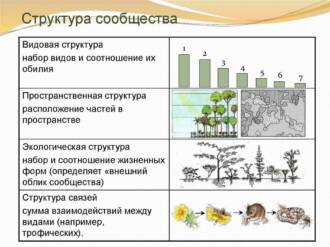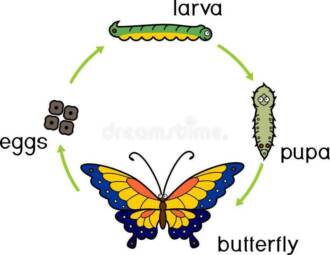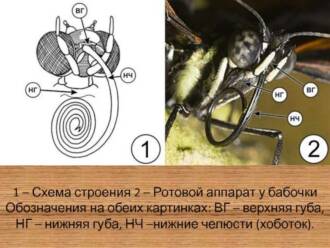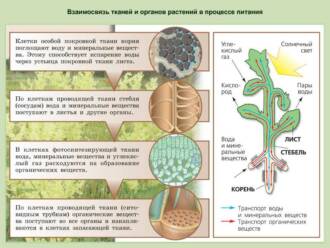
Butterflies and flowers have a long and close relationship, which is one of the most important interactions in nature. Flower butterflies, also known as pollinators, play an important role in the pollination of flowers and the conservation of biodiversity. They are attracted to the scent, color, and nectar of flowers, and in return carry pollen from one flower to another, helping to produce seeds.
Flower butterflies have special adaptation mechanisms that allow them to obtain food from flowers. They have long proboscises that allow them to reach the nectar inside the flower. Some species of butterflies have special structures on their legs that allow them to hold on to the tops of the flowers while feeding.
However, flower butterflies also play an important role in the life cycle of plants. They carry pollen from one flower to another, which promotes pollination and seed production. Without the participation of flower butterflies, pollination of flowers would be significantly hampered, which would lead to a decrease in the abundance and diversity of plants in the ecosystem.
Interestingly, some types of flower butterflies have preferences for certain types of flowers. They may only be attracted to certain colors or certain scents. This is the result of a long evolution and adaptation of flower butterflies to their plant partners.
The interaction between flower butterflies and plants is a perfect example of the relationship in nature. Butterflies get food and a place to breed, and plants get a chance to reproduce and spread. This interaction allows you to maintain a balance in natural ecosystems and is an important factor in the conservation of biodiversity on the planet.
Flower Butterflies and Plants: Interaction and Dependence
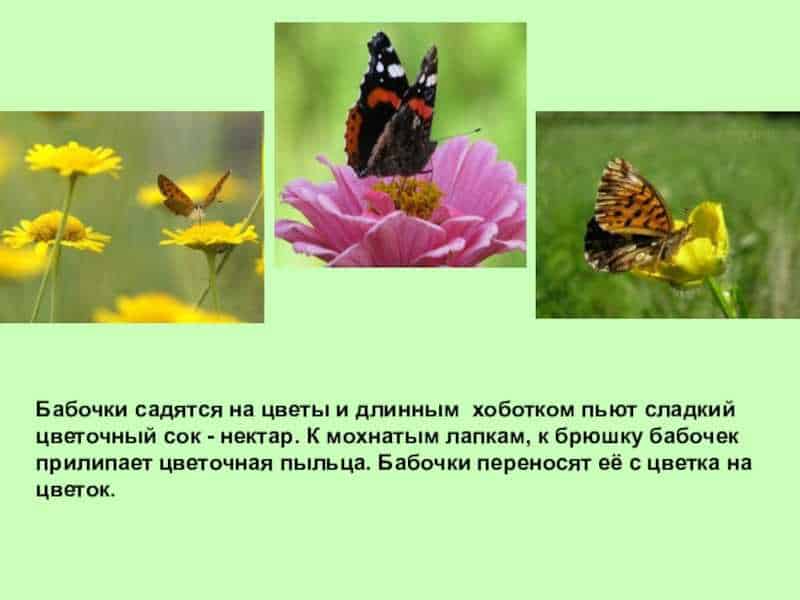
Flower butterflies and plants have a deep relationship based on mutual dependence. Flower butterflies are important pollinators for many plant species, while plants provide butterflies with food and shelter.
Pollination: Flower butterflies play a crucial role in the pollination of plants. They carry pollen from one flower to another, helping plants reproduce. As a rule, flower butterflies are attracted to flowers of a certain species and are in mutual symbiosis with them. Plants, in turn, adapt to attracting pollinators by developing bright and fragrant flowers.
Food: Flower moths depend on plants for food. They feed on the nectar secreted by the flowers. Nectar is the main source of energy for flower butterflies and helps them survive and reproduce. Some types of flower butterflies can also use pollen as food.
Shelter: The plants also provide shelter for flower moths in the form of leaves and branches. Flower moths may use plants to hide from predators and the weather. Some species of flower moths may also use plants as a place for oviposition and reproduction.
Addiction: The interaction between flower butterflies and plants is a mutual dependency. Without flower butterflies, plants will not be able to pollinate and reproduce, and without plants, flower butterflies will not be able to get food and shelter. This dependency highlights the importance of conserving both flower butterflies and their ecosystem.
The role of flower butterflies in plant pollination

Flower butterflies play an important role in the pollination of plants. They are reliable pollinators for many types of flowers and plants, as they actively visit them for food and reproduction.
To attract attention
Flower butterflies have bright colors on their wings and unique patterns that help them attract the attention of plants. Many flowers develop special shapes and colors to attract these butterflies, such as long, tubular flowers or brightly colored inflorescences.
pollen clusters
Butterflies-flowerers, visiting flowers, become carriers of pollen. They collect pollen on their legs and body and then transfer it to other flowers they visit. This process is called pollen transfer and is an important part of plant pollination.
Mutually beneficial cooperation
Butterfly flower girls and plants have a mutually beneficial cooperation. Plants provide butterflies with nectar as food, and flower butterflies help them with pollination. This interaction promotes plant reproduction and provides food for flower moths.
The Importance of Conserving Flower Girl Butterflies
The conservation of flower butterflies is an important task for maintaining biodiversity and ecosystem sustainability. The destruction of their habitat, the use of pesticides and climate change can lead to the extinction of these butterflies, with serious consequences for plant pollination and the biological balance of nature.
In general, flower butterflies play an important role in the pollination of plants, contributing to their reproduction and conservation. Their bright colors and ability to carry pollen make them essential pollinators for many types of flowers and plants.
Unique adaptations of flower butterflies

Flower butterflies, or nectar butterflies, are a group of butterflies that are completely dependent on flowering plants for their survival and reproduction. They have developed unique adaptations that allow them to effectively interact with flowers and obtain the necessary food resource.
One of the unique adaptations of flower butterflies is the long and thin mouthparts called the proboscis. The proboscis allows the butterfly to reach the nectar found in the deep sepals of the flower. This elongated mouthpart allows the butterfly to reach the nectar without damaging or harming the flower.
Another unique adaptation of flower butterflies is their color masks. Some types of flower butterflies have special colorations that help them camouflage themselves among the flowers. This allows them to quietly fly up to the flower and collect nectar without attracting the attention of predators.
In addition, flower butterflies have an excellent sense of smell and vision, which allows them to locate flowers and determine how rich in nectar they are. They can also smell pheromones, which are released by flowers and attract butterflies. Thanks to these adaptations, flower butterflies can quickly and efficiently find food and reproduce, ensuring the survival of both themselves and plants.
The pollination process: how flower butterflies find and select flowers
Flower butterflies are important pollinators in the plant world. They find and select flowers using various sensory organs and instincts that allow them to identify suitable plants for pollination.
One of the main factors that attract flower butterflies to flowers is fragrance. Flowers emit various chemicals that attract butterflies with their sensitive antennae. Fragrant molecules can be specific to certain flower butterfly species, which helps them find and select suitable flowers for pollination.
In addition to the fragrance, the flowers also attract flower butterflies with their bright color. Butterflies have good eyesight and can distinguish different colors. They prefer bright flowers, as they usually indicate the presence of nectar, which serves as a food source for butterflies. The brighter flowers may be preferred by the flower moths, as they can be seen more easily and their fragrance may be stronger.
Some flower butterflies may also use other indicators to find suitable flowers for pollination. For example, they can focus on the shape of a flower or the presence of certain pigments. Some flower moths can also be specialized, preferring certain types of plants and flowers.
In general, the process of selecting flowers for pollination in flower butterflies is complex and depends on various factors such as fragrance, color, and flower shape. Through this process, butterflies play an important role in pollinating plants and maintaining biodiversity in nature.
Color signals and smells that attract flower butterflies

Flower butterflies have an amazing ability to find their partners and food sources using color signals and scents. They are able to distinguish different shades of flowers and find flowers that contain the nutrients they need. In addition, many species of flower butterflies have a highly developed sense of smell and are able to sense smells over long distances.
One way to attract flower butterflies is to use bright and saturated colors. Many of the flowers that attract these butterflies are bright colors such as red, orange, or yellow. These colors are signals for flower butterflies and help them quickly find food sources.
In addition to color signals, smells are another important factor that attracts flower butterflies. Many flowers release fragrant molecules that attract flower butterflies and help them find flowers. Some flowers, such as violets or lavender, have a particularly strong and attractive scent that attracts large numbers of flower butterflies.
The color signals and scents used by flower moths are effective ways to attract mates and find food. They allow flower butterflies to quickly and efficiently find the necessary resources and ensure their survival and reproduction.
Plants Offering Attractive Rewards for Flower Butterflies
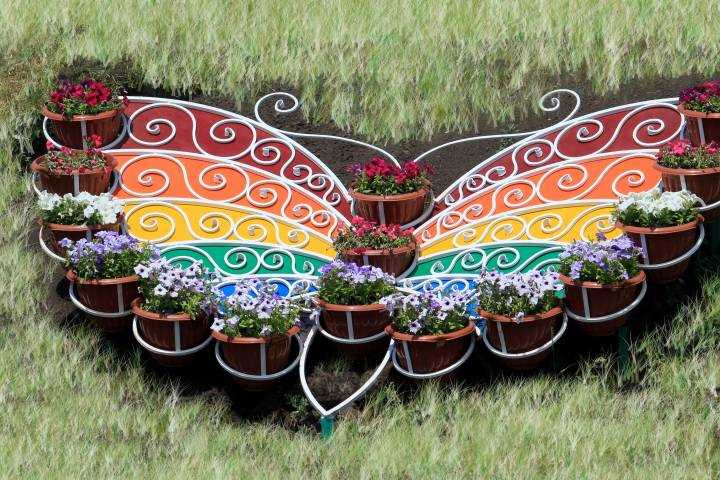
Flower butterflies are important pollinators for many plants. They carry pollen from one flower to another, contributing to the reproduction of plants and the preservation of their diversity. To attract these beautiful insects, some plants offer them attractive rewards.
1. Nectar
Flower butterflies feed on nectar, which is produced by plants. The nectar contains sugars and other nutrients that serve as an energy source for the butterflies. Many plants, such as elderberry, daylily and bluegrass, produce abundant and sweet nectar by attracting flower butterflies to their flowers.
2. Pollen
In addition to nectar, plants also offer pollen as a reward for flower butterflies. Pollen contains proteins and other nutrients necessary for the development and reproduction of butterflies. Some plants, such as juveniles and gladiolus, produce large amounts of pollen and attract butterflies with their bright and fragrant flowers.
3. Shelter
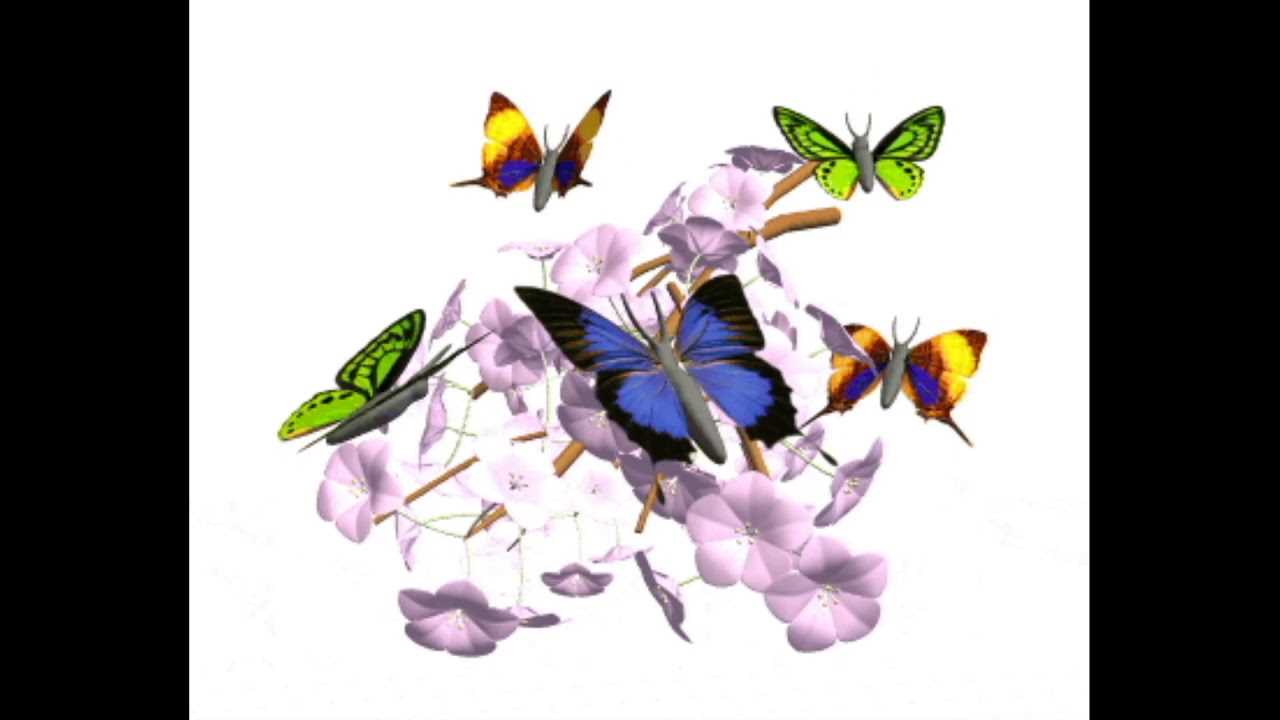
Plants also offer flower butterflies shelter and protection from predators. Many plants, such as tansy and mint, have dense and wavy leaves that provide hiding places for butterflies. In addition, some plants, such as cabbage and carrots, are hosts for flower caterpillars, providing them with food and space to develop.
The interaction between flower butterflies and plants is important for their mutual survival and reproduction. Plants that offer attractive rewards to butterflies play an important role in maintaining the biodiversity and beauty of nature.
The evolution of the interaction between flower butterflies and plants
The interaction between flower butterflies and plants is the result of a long process of evolution. These two groups of organisms evolved side by side over millions of years, resulting in a mutually beneficial relationship.
One of the key features of the interaction between flower butterflies and plants is the process of pollination. Butterflies, visiting flowers, carry pollen from one flower to another, contributing to the reproduction of plants. In turn, plants attract butterflies with bright colors, scents, and nectar, which serves as a food source for butterflies.
In the course of evolution, flower butterflies and plants have developed complex adaptations that ensure their mutual interaction. Some butterfly species have developed long proboscises that allow them to reach nectar inside deep flowers, while other butterfly species have developed long tongues to reach nectar in flowers with small holes.
Plants, in turn, have developed a variety of mechanisms to attract butterflies. They can change flower colors to attract certain types of butterflies, or release scents that attract butterflies from long distances. Some plants also produce nutrient-rich nectar to attract butterflies and provide them with adequate nutrition.
Thus, the evolution of the interaction between flower butterflies and plants is an example of mutual dependence and mutually beneficial relationship in nature. This interaction contributes to the diversity and resilience of ecosystems, and is a great example of the beauty and complexity of natural processes.
The impact of climate change on the interaction of flower butterflies and plants

Climate change has a major impact on the interactions between flower butterflies and plants. Climate change, such as rising temperatures and changing precipitation, can affect the distribution and availability of certain plant species that are a food source for flower moths.
Temperature change can change the flowering time of plants, which can lead to a mismatch in timing between the distribution of flower butterflies and the flowering of the plants they pollinate. This may lead to a decrease in food availability for flower moths and, ultimately, to a decrease in the abundance and diversity of these species.
Warmer climates can also encourage the spread of pests and diseases that can harm both plants and flower butterflies. Climate change may also affect interactions between flower butterflies and other organisms such as predators or competitors, which may change interaction dynamics and lead to changes in community composition.
Adaptation and conservation measures are needed to maintain the interaction between flower moths and plants in a changing climate. This may include the protection and restoration of natural environments, the development of sustainable farming programs, the monitoring of flower butterfly and plant populations, and the provision of additional food sources and shelters for these species.
Importance of flower butterfly conservation for biodiversity
Flower butterflies play an important role in maintaining biodiversity. They are one of the main pollinators of many plant species. Thanks to this, flower butterflies contribute to the conservation and reproduction of plants, which is an important factor in the ecosystem.
Flower butterflies pollinate plants by carrying pollen from one flower to another. This process allows plants to reproduce and create new fruits and seeds. Thanks to pollination by flower butterflies, plants can diversify and adapt to environmental conditions.
Flower butterflies also play an important role in the food chain. They serve as a food source for many animals such as birds and frogs. Eating flower butterflies promotes a variety of food sources for these animals and maintains a balance in nature.
The conservation of flower butterflies is an integral part of biodiversity conservation. Human intervention in natural ecosystems, such as deforestation and the use of pesticides, can negatively affect flower butterfly populations. Therefore, it is important to take measures to preserve their habitats and create favorable conditions for their reproduction and life.
Organization of the protection of flower butterflies and their habitats will help to maintain a balance in the ecosystem and preserve biodiversity. This will save not only the flower butterflies themselves, but also the nature around them, including the flora and other animal species that depend on the flower butterflies.


